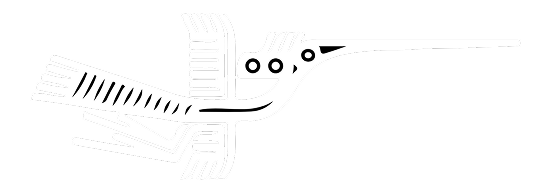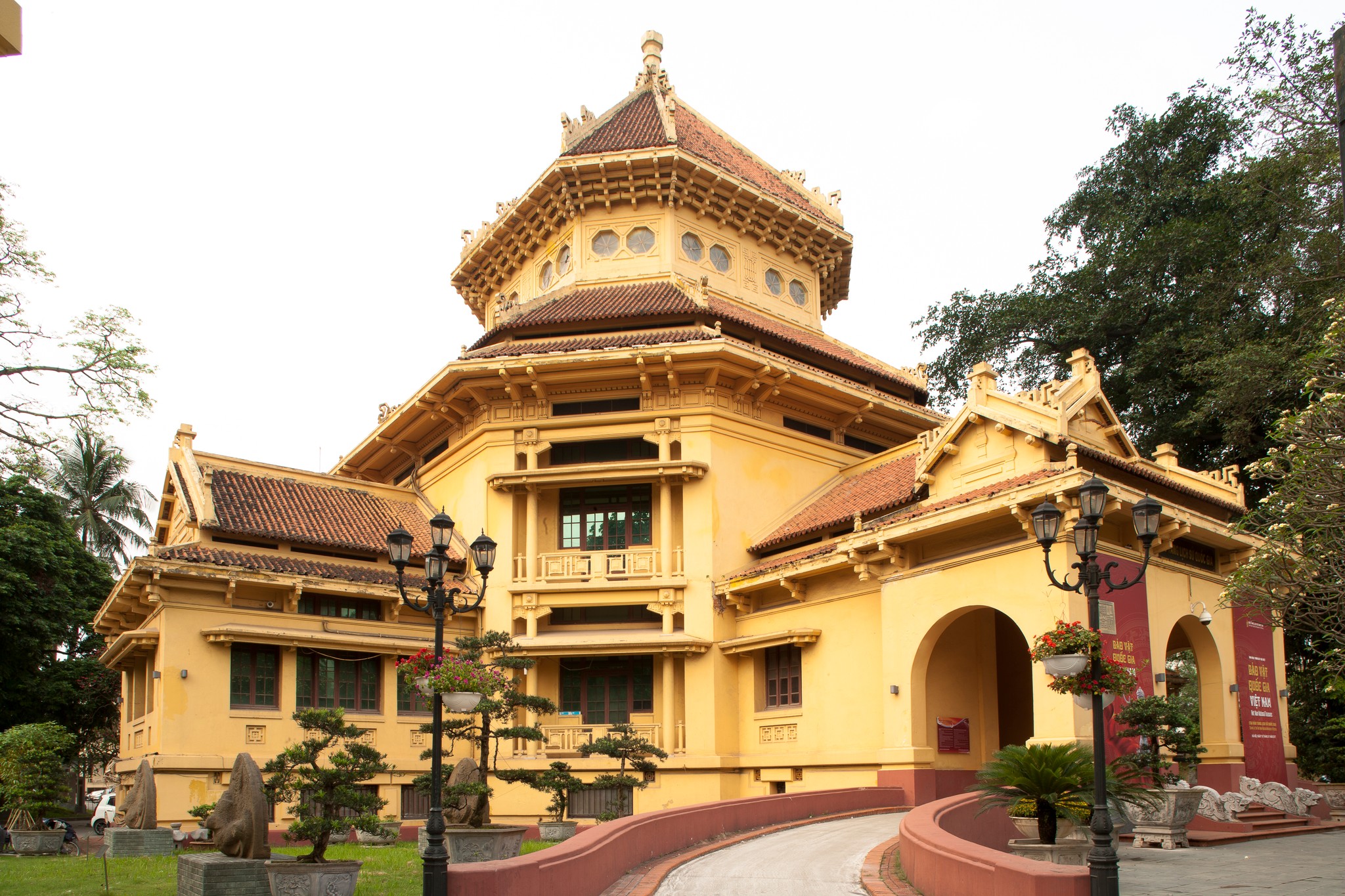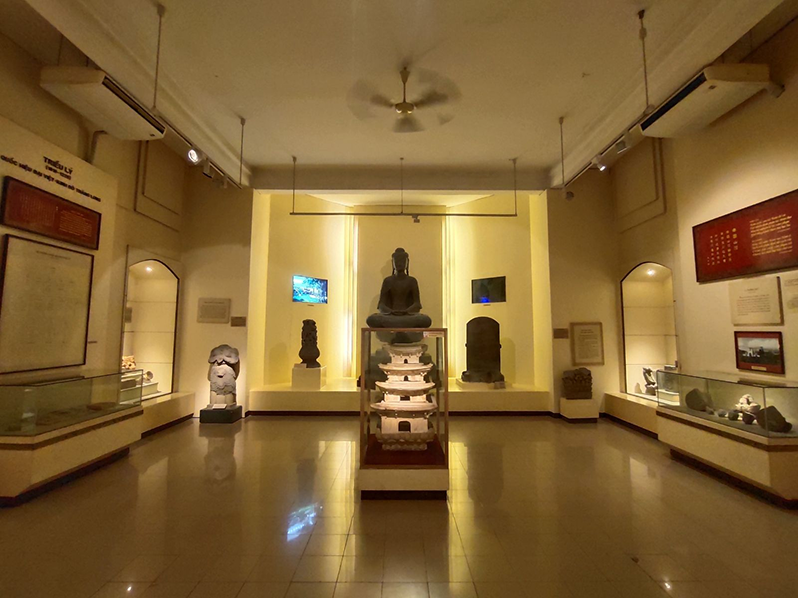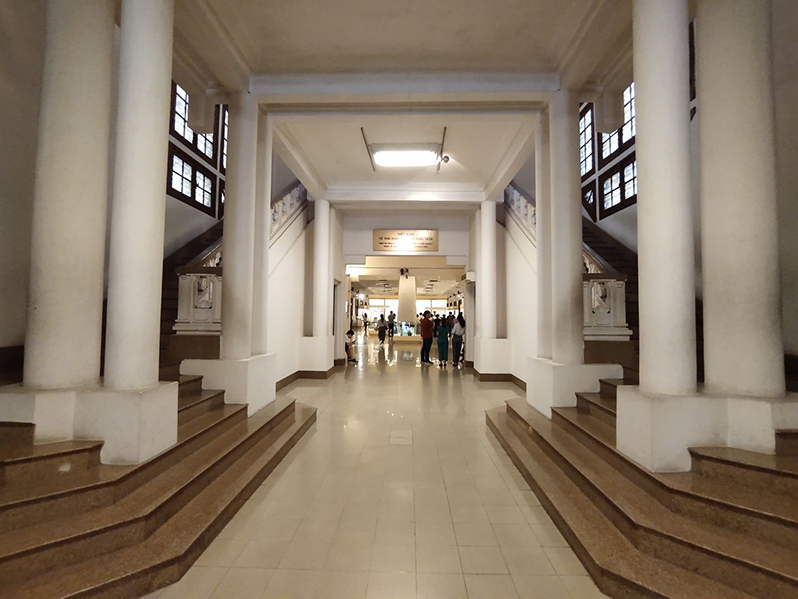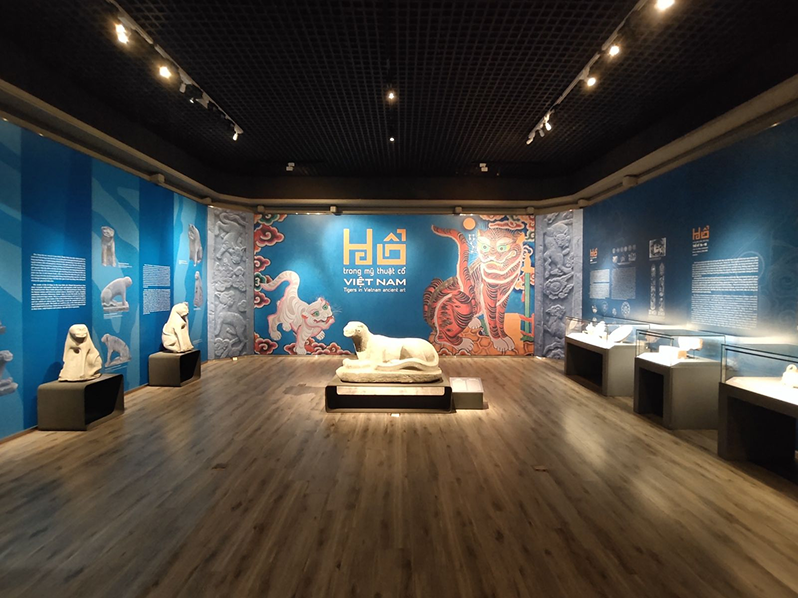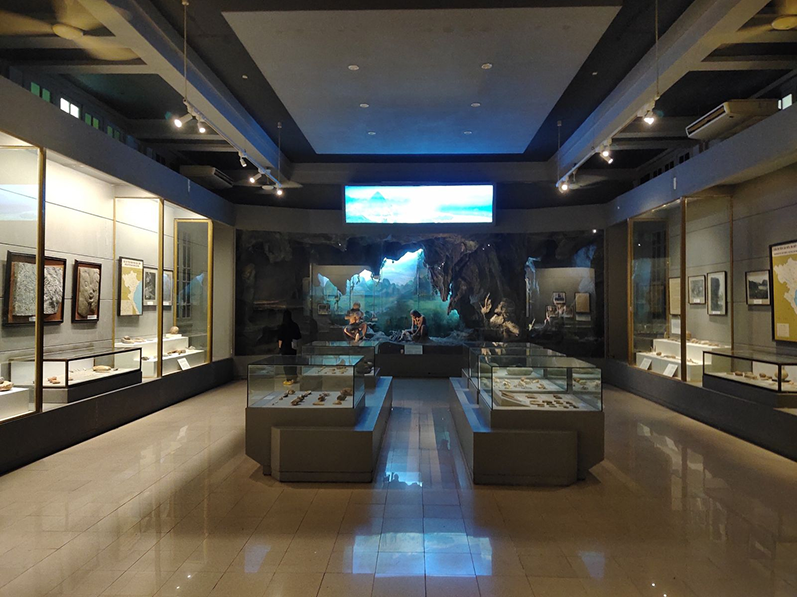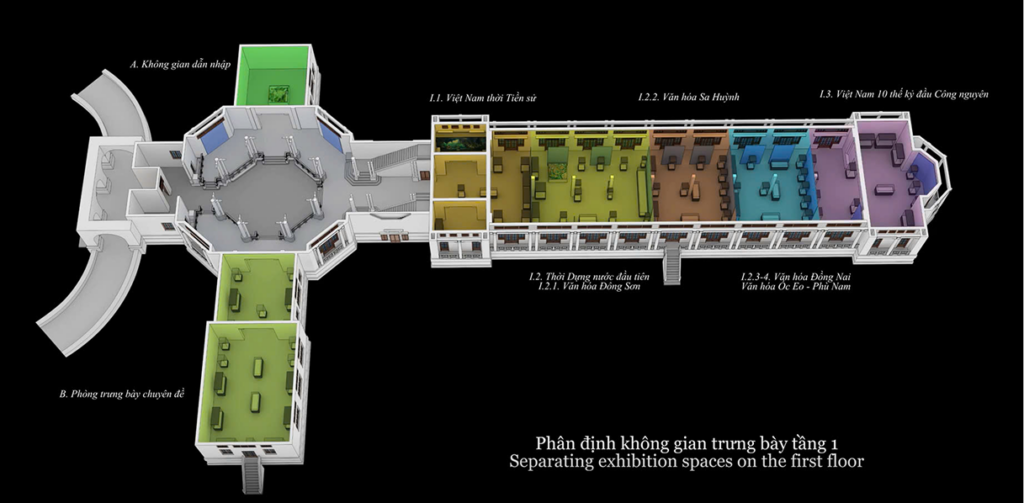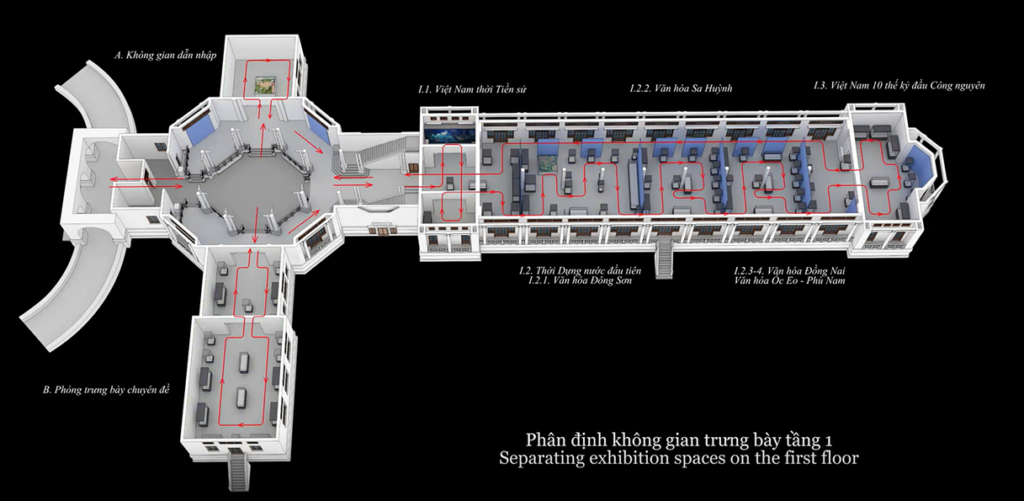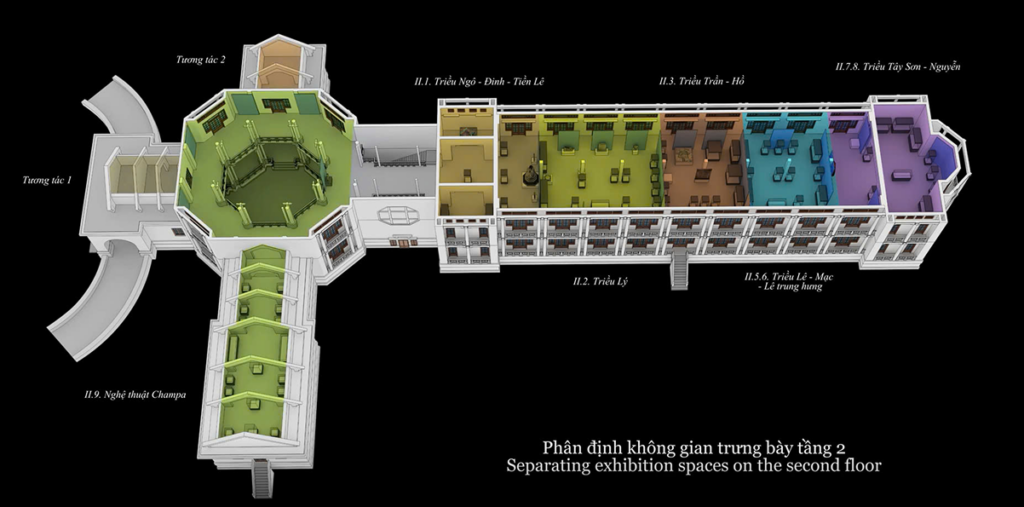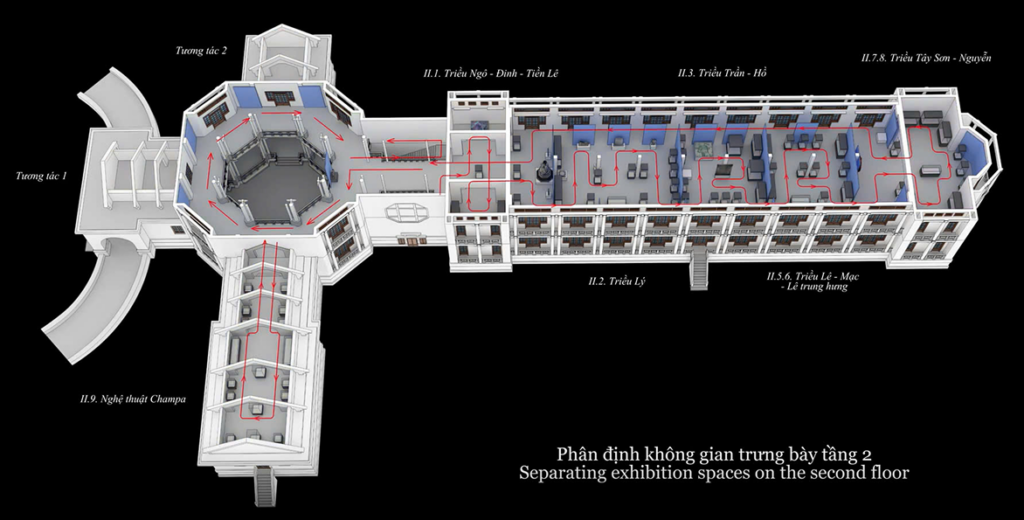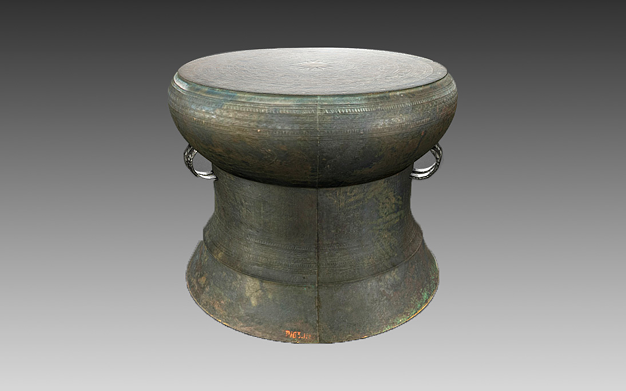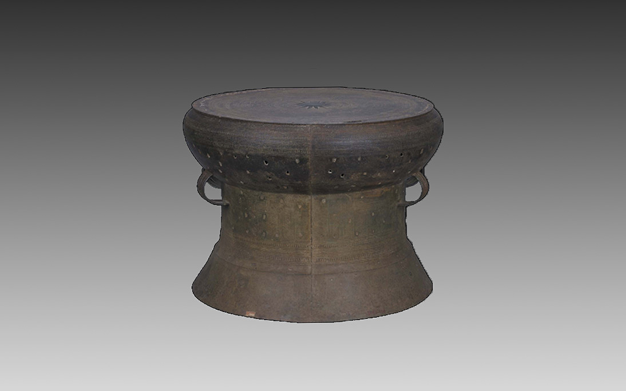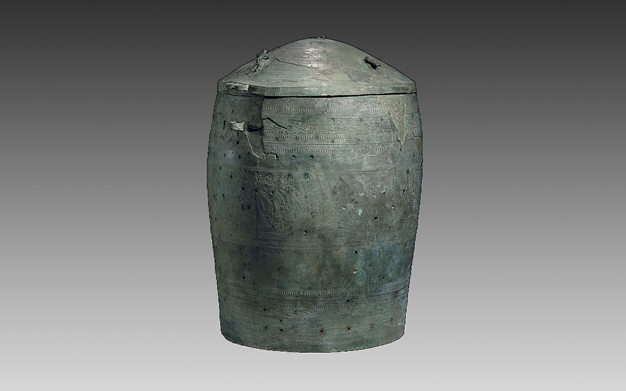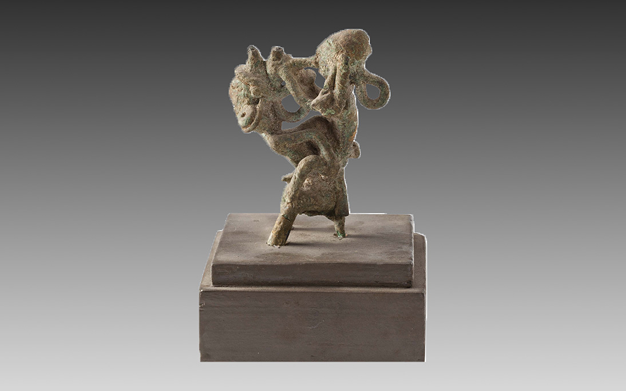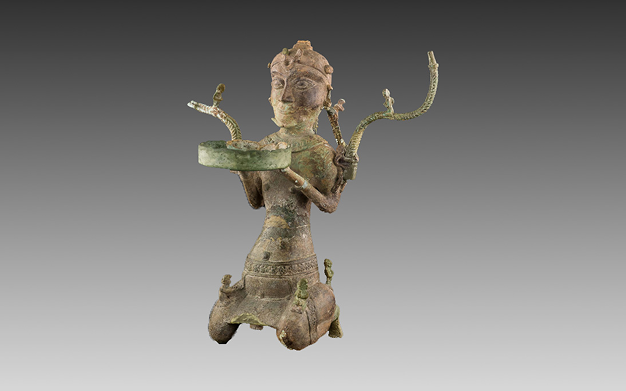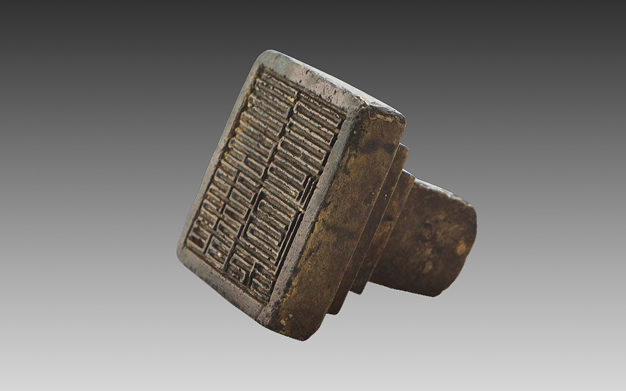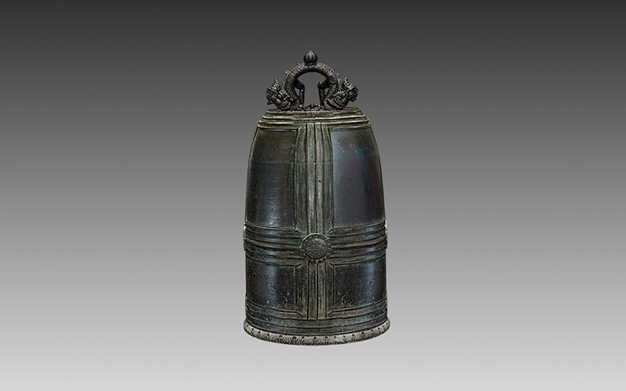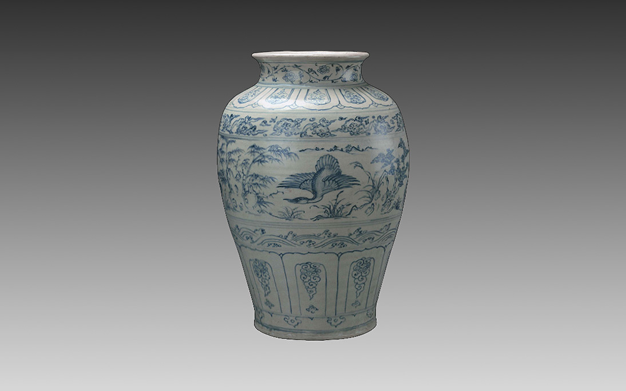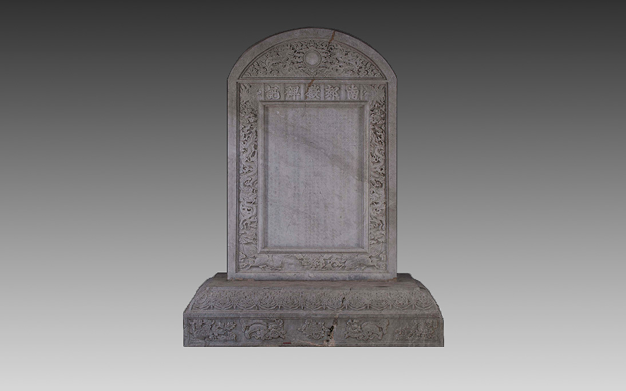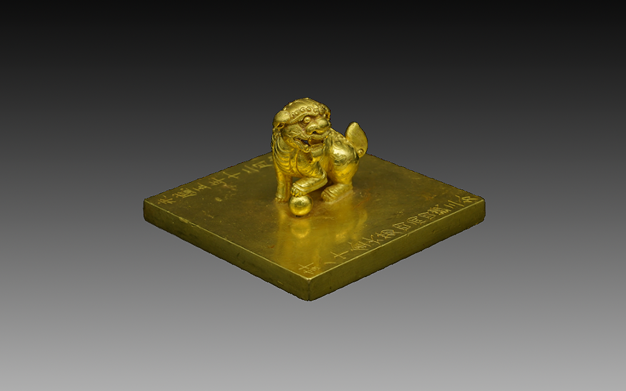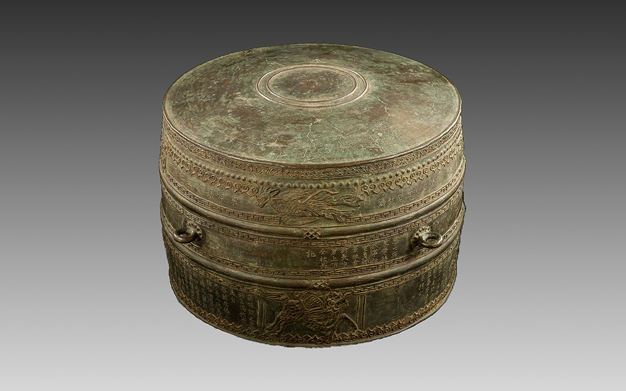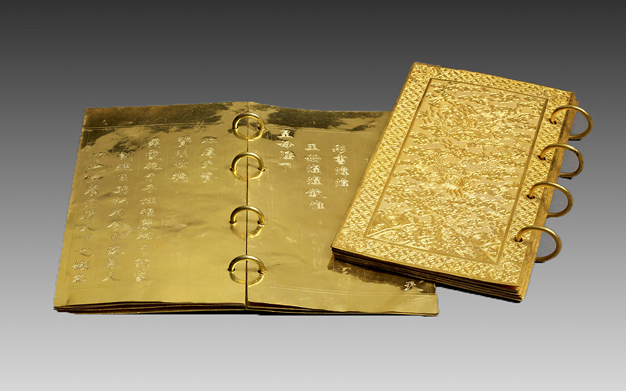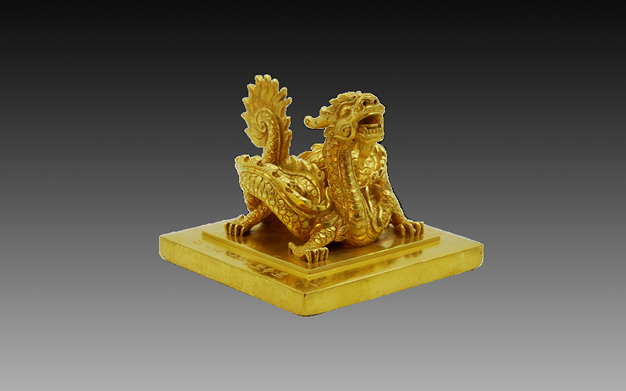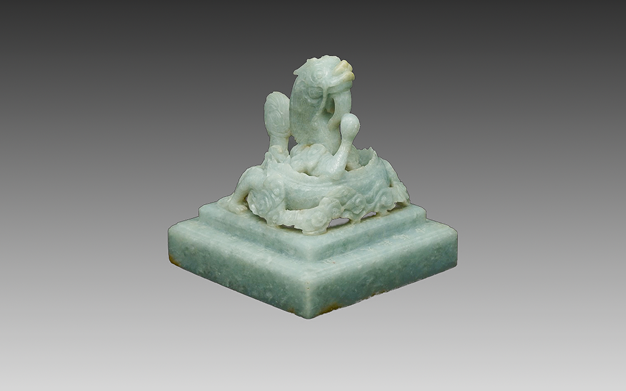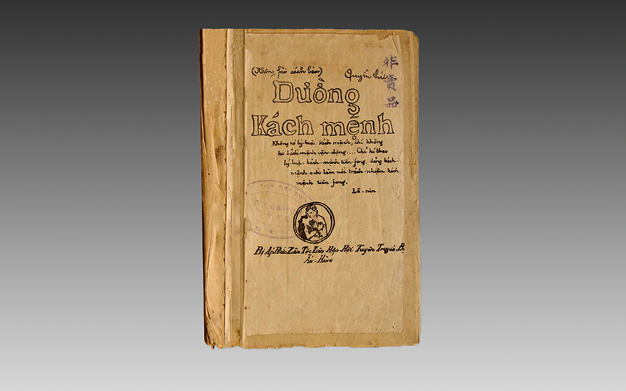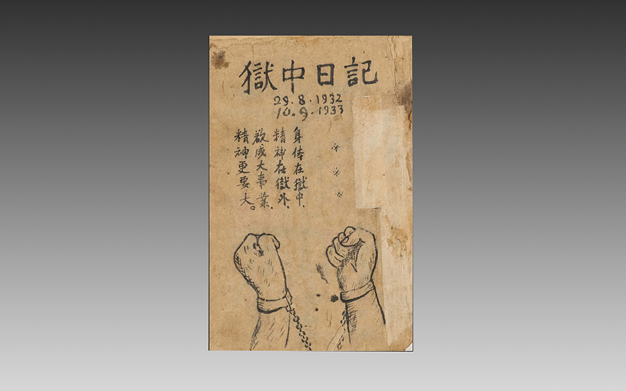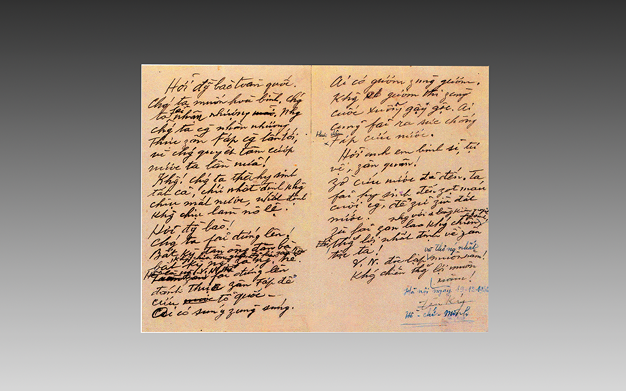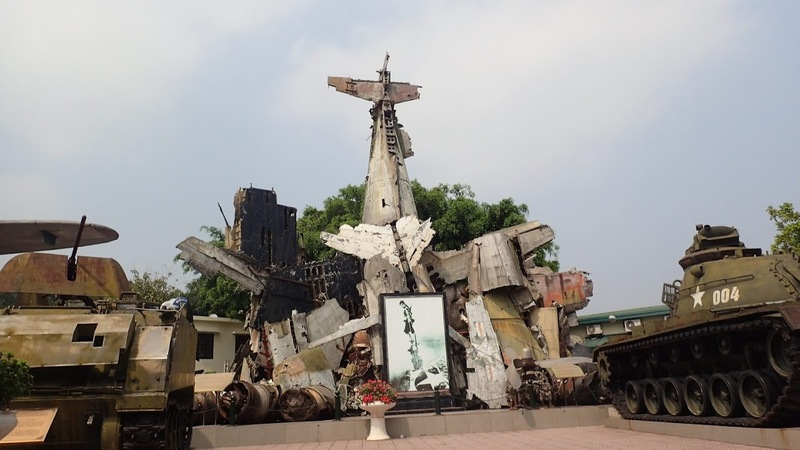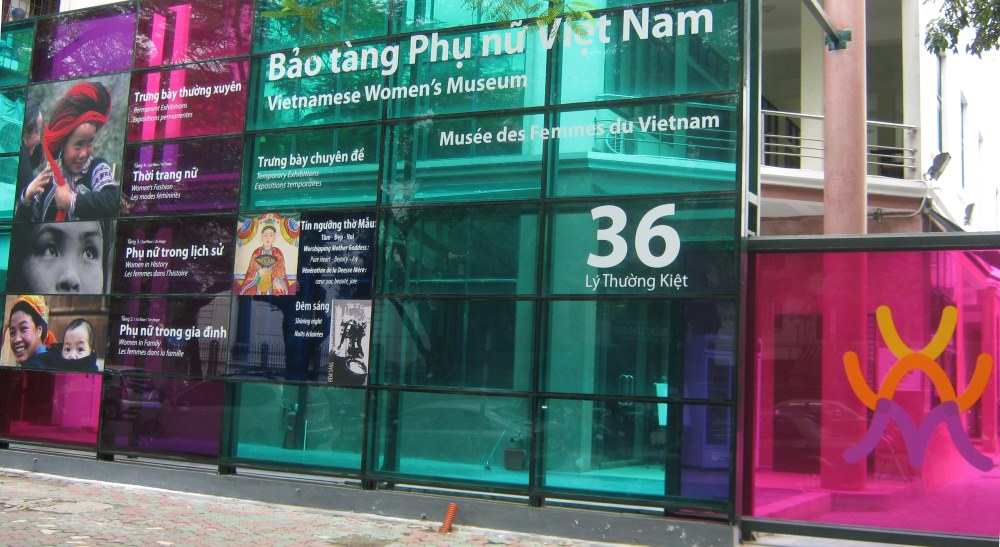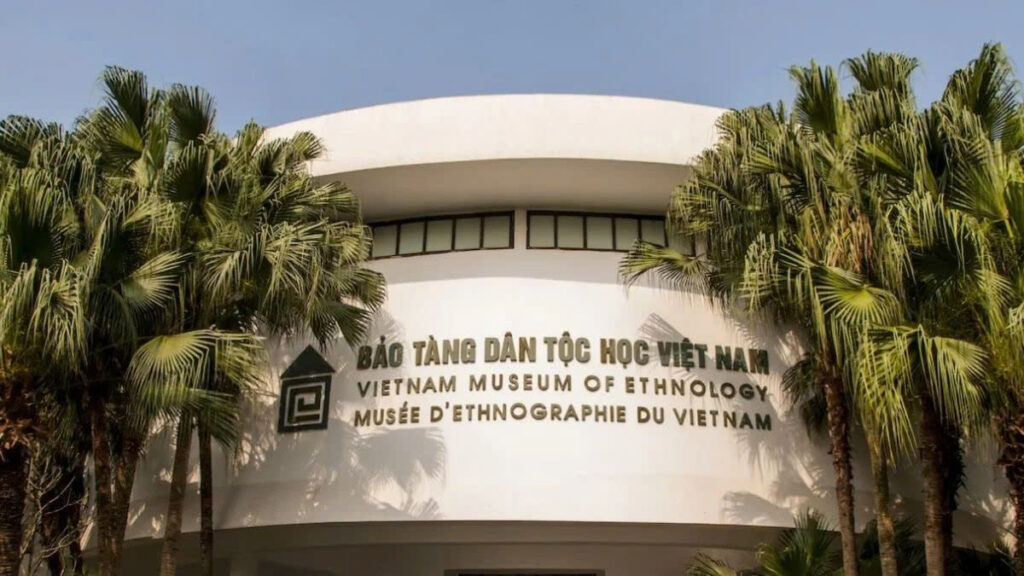Location: 1 Trang Tien – 25 Tong Dan, Hoan Kiem, Hanoi, Hanoi, Vietnam
Opening:
- 8:00am – 12:00am
- 13:30pm – 17:00pm
Everyday except Monday
Tickets and fees
- Adults: 40,000 VND/turn/person
- Students of universities, colleges, intermediate schools, vocational schools: 20,000 VND/person/ticket.
- Pupils: 10,000 VND/person/ticket.
Contact: 024 3937 8332
Website: baotanglichsu.vn
Vietnam National Museum of History
Year
From 1958
Location
Hanoi
If you walk on Tran Quang Khai embankment, looking towards the center of Hanoi, you will see a large building with strong Indochinese architecture, standing tall at the beginning of Trang Tien street. When I was a child, I did not know why this building attracted my attention, I only knew that I loved looking at that building and wondering why it was there and what its function was.
It is the National Museum of History – one of the great representatives of Indochinese architectural style. Sometimes the museum exhibits itself. Perhaps this is one of those museums due to the fact that the reason why it was built here is also a part of history.
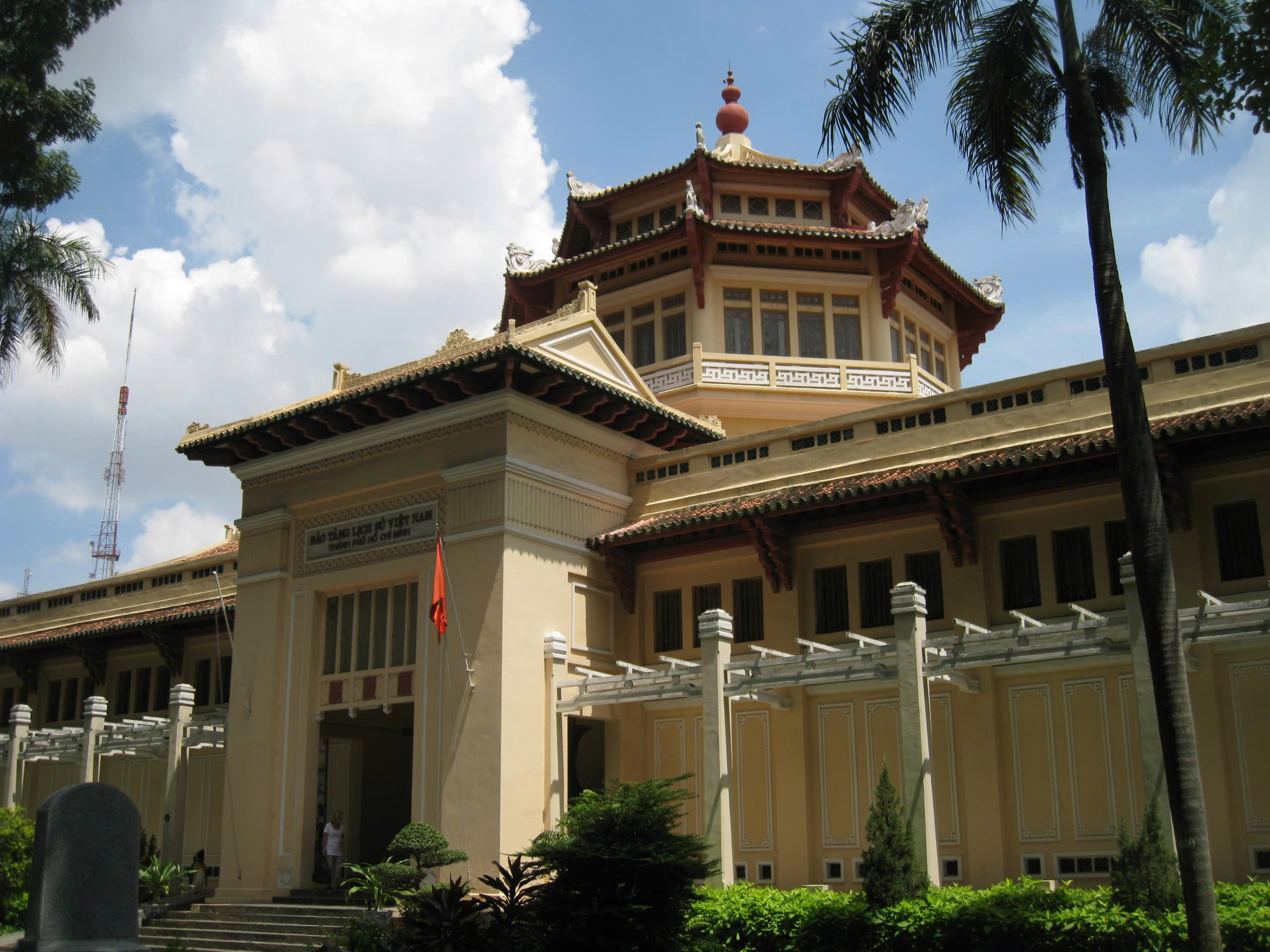
HISTORY
Located in the heart of Hanoi Capital – Hoan Kiem District, the National Museum of History consists of 3 locations: No. 1 Trang Tien, No. 216 Tran Quang Khai and 25 Tong Dan. Of which, the permanent exhibition system is located at 2 facilities: No. 1 Trang Tien – displaying Vietnamese history from prehistoric times to the end of the Nguyen Dynasty (1945) and facility No. 216 Tran Quang Khai – displaying Vietnamese history from the mid-20th century to the present. Facility 25 Tong Dan is currently a specialized exhibition room.
Previously, the National Museum of History was the Museum of Vietnamese History and the Museum of the Vietnamese Revolution. In 2011, the Prime Minister of Vietnam issued Decision No. 1674/QD-TTg dated September 26, 2011, merging these 2 museums and establishing the National Museum of History. This is a public service unit under the Ministry of Culture, Sports and Tourism.
Vietnam Museum of Revolution - No. 25 Tong Dan
The Vietnam History Museum was established on the basis of inheriting the facilities of the Louis Finot Museum – a museum belonging to the École française d’Extrême-Orient, built in 1926 and inaugurated in 1932. EFEO – the École française d’Extrême-Orient at that time emphasized the mission of researching archaeology, epigraphy, ethnology, history, religion, state institutions, languages and literature of Indochina and the Far East including India; Disseminating knowledge about the languages of this region; and monitoring the preservation of historical works throughout Indochina.

Louis Finot Museum from above, 1932
(Source: Social Sciences Library)
At the end of 1957, the EFEO museum and library in Hanoi were handed over to the Government of the Democratic Republic of Vietnam, directly receiving the handover was the Ministry of Education (at that time Professor Nguyen Van Huyen was the acting Minister). According to Mr. Nguyen Manh Loi, Director of the Vietnam History Museum, EFEO handed over “everything that was in the museum at that time, including a warehouse of more than twenty thousand specimens of historical relics and ancient cultural and artistic traditions of Vietnam and some Far Eastern countries”. The Vietnamese government took over this cultural project and researched, collected, supplemented documents and artifacts, and converted the content into a social history museum. On September 3, 1958, the Vietnam History Museum officially opened to visitors. (Ngô, n.d.)
Vietnam Museum of Revolution - No. 25 Tong Dan
The Vietnam Revolutionary Museum located at 25 Tong Dan was inaugurated on January 6, 1959 – the anniversary of the founding of the Indochinese Communist Party. This is the first museum built by the Vietnamese to introduce the anti-imperialist and feudalist revolution of the Vietnamese people starting from the end of the 19th century until now (according to comrade Nguyen Thieu – one of the participants in the unification conference to establish the Communist Party of Vietnam).

Vietnam Museum of Revolution
SPACE
General
Inheriting the facilities of the Louis Finot Museum, the museum was built by the collaboration of two architects: Ernest Hébrard (1875 – 1933), who is considered the originator of the Indochinese architectural style, and Charles Batteur (1880 – 1932), a member of the Archaeological Committee of the EFEO. This project was approved by the Governor General on February 28, 1925.
According to the design, the museum is located on the northeastern edge of the French Concession, on the banks of the Red River, bounded to the north by a small flower garden at the end of rue de France (now Trang Tien Street), to the south by the headquarters of the French Command; to the east by quai Clemenceau (now Tran Quang Khai Street); to the west by rue Maréchal Gallieni (Pham Ngu Lao Street). The museum has the shape of a trapezoid – a rectangle extending from north to south. The main entrance of the museum was built on Trang Tien Street, in front of which was a flower garden (the entrance of the old museum was on Pham Ngu Lao Street today). The museum building was built mainly of reinforced concrete.
Therefore, if you walk on Tran Quang Khai embankment, you can easily see the Museum located right at the beginning of Trang Tien Street with its prominent octagonal architecture. (Đức Tú, 2022)
Exhibition space
The main exhibition area of the Museum is elongated and organized in a cross-room form, together with the thematic exhibition spaces located on both sides, creating a spacious overall exhibition space.
Below the exhibition floor is a 2.5m high ground floor, designed to be spacious, airy, well insulated, soundproofed and able to make the most of natural light.
The main hall space is octagonal with each side measuring up to 11m, the main exhibition space located right after the main hall is elongated and organized in a cross-room form with cleverly organized transitions. In addition, there are thematic exhibition spaces located on both sides of the main hall, creating a spacious overall exhibition space. (Bảo tàng Lịch sử Quốc gia, 2025)
TYPICAL ARTIFACTS
National treasure
The National Museum of History is preserving the largest number of national treasures in the system of museums and relics nationwide. With typical, unique and rare historical values, through the selection and assessment of the National Cultural Heritage Council, 20 artifacts out of more than 200,000 documents and artifacts currently preserved at the Museum have been recognized by the Prime Minister as National Treasures.
The draft of "Lời kêu gọi toàn quốc kháng chiến"
President Ho Chi Minh’s call for national resistance, together with the Central Party Standing Committee’s Directive on National Resistance and the work “Resistance Will Definitely Win” by General Secretary Truong Chinh, established the path of national, comprehensive, long-term resistance based mainly on one’s own strength; becoming the guiding light for the Vietnamese people to victory in the resistance war against the invading French colonialists. (Hiền Hạnh, 2023)

The call for national resistance was born in the context of the Party Central Committee and the revolutionary Government, headed by President Ho Chi Minh, making efforts to implement policies and measures to avoid war, especially to make concessions to French interests in Vietnam. But in the face of increasingly brazen and “increasingly encroaching” aggressive actions, because of the “determination to invade our country again” of the French colonialists, on the night of December 19, 1946, the resistance war against French colonialism broke out nationwide. The call for national resistance contained extremely great values, expressing the great thoughts of the nation and the era, was the crystallization and continuation of the extremely valuable and humane source of thought of the nation; was the call of the “sacred soul of the mountains and rivers”, the heroic and resounding proclamation to save the country, urging millions of patriotic Vietnamese people to rise up and resolutely resist the invaders, to protect the peace, independence, unity of the country and the freedom, prosperity and happiness of every family. It is the voice of the indomitable will, ready to “sacrifice to the last drop of blood, to preserve the country”; of the high determination: “We would rather sacrifice everything, but absolutely not lose the country, absolutely not become slaves” of our people. At the same time, the “Call for National Resistance” also affirms the belief in certain victory. (ThS. Dương Minh Huệ, 2021)
From December 3 to 19, President Ho Chi Minh returned to Van Phuc village (Ha Dong) to live in Mr. Nguyen Van Duong’s house. On December 19, in the attic, he wrote the Call for National Resistance. At exactly 8:00 p.m. on December 19, 1946, the national resistance broke out. On December 20, at Hang Tram (Chuong My – Ha Dong), the Voice of Vietnam radio station broadcast President Ho’s Call for National Resistance. (Trung tướng Phạm, 2011)

Panorama of Uncle Ho Memorial House in Van Phuc. (Hương, 2022)
The manuscript “Call for National Resistance” is one of the national treasures being kept at the National Museum of History.
